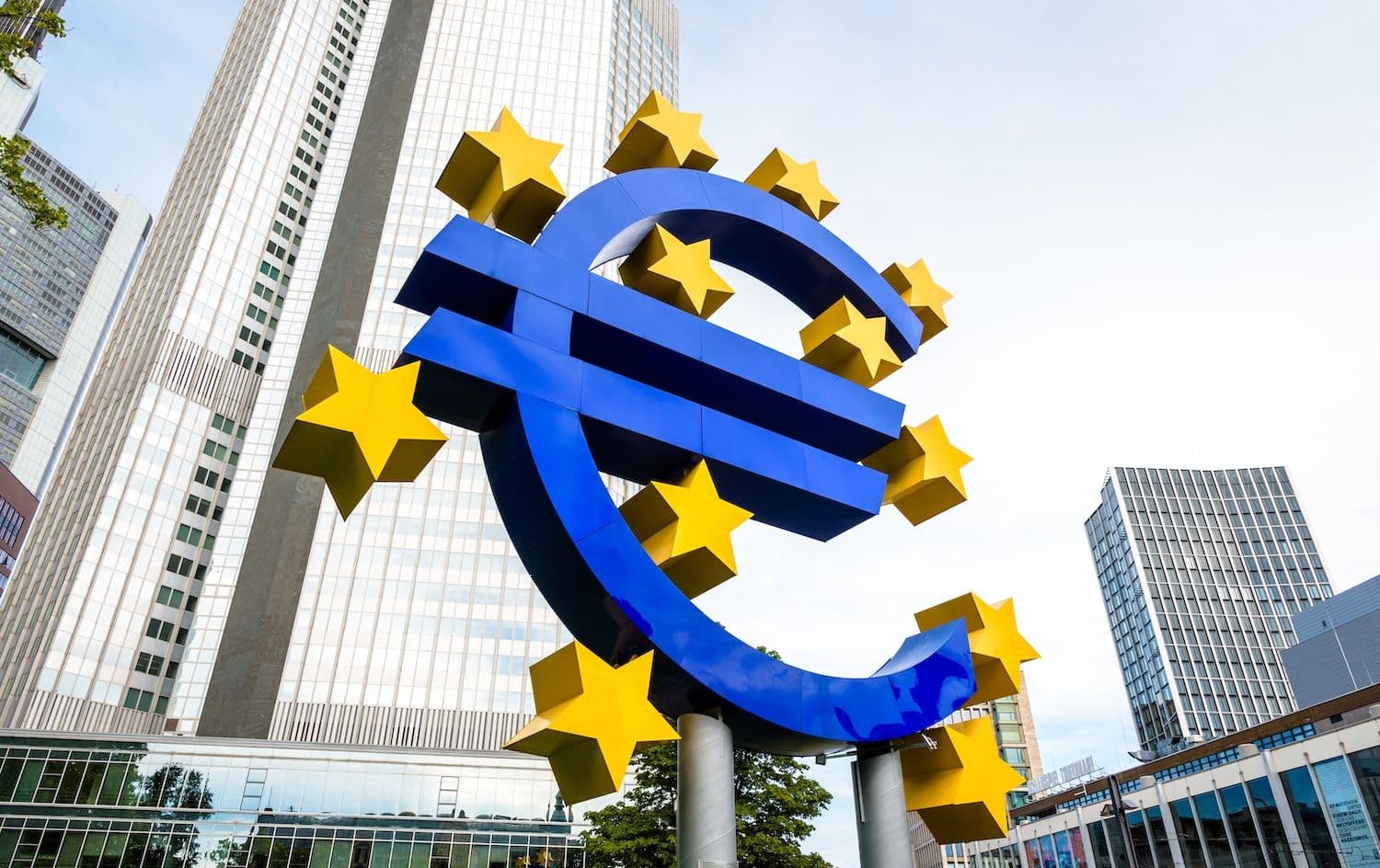The European Commission plans to issue guidance clarifying that stablecoins issued by companies with EU licenses can be treated as interchangeable with tokens issued by the same company's non-EU entities, according to a source familiar with the matter. The clarification addresses regulatory uncertainty around the bloc's Markets in Crypto-Assets (MiCA) framework, which took effect in 2023 and requires stablecoin issuers to obtain supervisory approval for creating tokens within the EU.
What to Know:
- The guidance resolves questions about whether identical stablecoins from EU-licensed and non-EU arms of the same company are fungible
- European Central Bank officials have warned this approach could undermine EU financial sovereignty
- The clarification comes as regulators worldwide grapple with oversight of the rapidly growing stablecoin market
Regulatory Framework Under Scrutiny
France's banking supervisor triggered the Commission's upcoming guidance in April 2024 by requesting clarity on token fungibility across jurisdictions. The query specifically addressed whether identical tokens issued by different arms of the same company would be considered interchangeable under MiCA rules.
Under the current framework, companies seeking to issue e-money tokens (EMTs) in the EU must receive supervisory clearance and maintain most reserves backing those tokens in EU-based banks. This requirement ensures issuers can meet redemption requests from customers wanting to convert crypto back to traditional currency. The rules represent the EU's most comprehensive attempt to regulate digital assets while maintaining financial stability.
Central Bank Raises Sovereignty Concerns
European Central Bank President Christine Lagarde warned European policymakers Monday that stablecoins pose risks to monetary policy and financial stability. She urged lawmakers to advance legislation supporting a digital euro launch. The ECB previously expressed concern that allowing token interchangeability could enable EU-held reserves to satisfy redemption requests from non-EU token holders.
"Risk undermining EU strategic autonomy/sovereignty," the central bank stated in an April document addressing the fungibility question. The warning reflects broader concerns among European officials about maintaining control over the continent's financial infrastructure as digital assets gain prominence.
A European Commission spokesperson countered that runs on "well-governed and fully collateralized stablecoins" remain highly unlikely. The spokesperson emphasized that non-EU holders would direct redemption requests to non-EU entities rather than depleting European reserves.
Market Impact and Compliance Mechanisms
The Commission's forthcoming guidance could significantly impact how global stablecoin issuers structure their European operations. Companies operating across multiple jurisdictions have sought clarity on whether they need separate token systems for EU and non-EU markets or can maintain unified offerings.
"Issuers of EMTs that also issue fungible tokens abroad can be required to have a re-balancing mechanism to ensure that reserves in the EU match token holdings in the EU," the Commission spokesperson explained. This mechanism would theoretically prevent the reserve drainage scenarios that concern ECB officials.
Stablecoins have emerged as crucial infrastructure for cryptocurrency markets, designed to maintain stable values by pegging to traditional currencies like the U.S. dollar. The tokens facilitate trading and payments while avoiding the volatility associated with other digital assets.
Broader Regulatory Landscape
The guidance represents the latest development in European regulators' ongoing efforts to address stablecoin oversight challenges. MiCA's comprehensive framework established the EU as a global leader in cryptocurrency regulation, but implementation questions continue emerging as the market evolves.
European officials have consistently emphasized the need for robust oversight of stablecoins given their potential impact on traditional financial systems.
The tokens' rapid growth has prompted regulatory attention worldwide, with the EU's approach serving as a model for other jurisdictions considering similar frameworks.
The Commission indicated it would release the guidance "in the near future" without providing specific timing. Industry participants have awaited clarity on fungibility questions as they develop European expansion strategies under the new regulatory regime.
Closing Thoughts
The European Commission's upcoming guidance on stablecoin interchangeability reflects ongoing efforts to balance innovation with financial stability concerns. While the clarification may ease operational challenges for global issuers, it also highlights persistent tensions between promoting digital asset development and maintaining regulatory sovereignty in an increasingly interconnected financial landscape.

